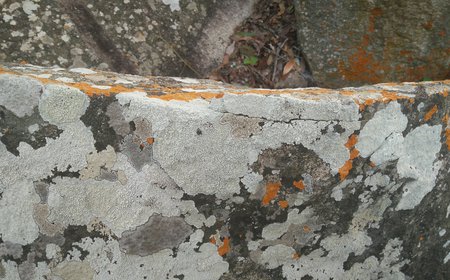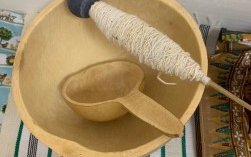What are the great equalisers in human life? Maslow, through his taxonomy of basic human needs, identified a range of needs are necessary for a life to be fulfilled or fully developed. In the context of MIDEQ, with the emphases on researching equity and inequality in the context of development, basic human needs are not a bad place to begin some of our conceptual thinking. Basic human needs are where aid organisations and humanitarian relief begin. It’s the basic human needs which tend to be rendered most fragile when a journey is made away from home, when migration is forced, when constituent aspects of that home no longer provide for the basic needs, or when life has to change greatly and we no longer recognise where we are.
In migration research there is a tendency to focus on the human subject. It is the migrant, and the process of the migrant moving that makes up the field and much of the literature. Outwith migration studies there is, however, a focus on accompanying dimensions. In museum studies and studies of cultural heritage and material culture, as well as in studies of exchange, there has been a focus on the artefacts and accoutrements which provide for some of these needs.
As part of incepting the work of Work Package 11 (WP11), looking at the arts, multilingualism and also at well-being, the researchers invited participants in our workshop to bring with them three objects, from the contexts they were travelling from:
A drinking vessel
Thread
A piece of cloth.
It was striking that even with such a simple request people had to make decisions about what was possible limited by time, luggage allowance, and the meaning of the object to them. One colleague wrote to say he would bring his hands as a vessel as he was limited to hand luggage.
Maslow begins his analysis of basic human needs with the physiological. Food, drink, clothing. And so it was that we began our work with a request for objects, and some recordings from our participants, about these objects. Some told us deep, and touching stories about the objects which were of profound sentimental value to them, and which we photographed and then which they took back; others laughed about having picked up something ‘kitschy’ in the airport. Some told stories of the cultural significance of the objects, of the gender dimensions attaching to their making or their use. As we moved the objects around and showed them to the participants all kinds of curious connections began to occur in comparison and through difference.
In the series of reflections and writings which follow we take each of these objects, and some of the recordings, and offer a gallery of objects which act as levellers for human beings in their needs for food, water, and clothing. The artists in WP11 have each worked with objects to produce a poem, or a reflection or a further audio recording as part of the work.


